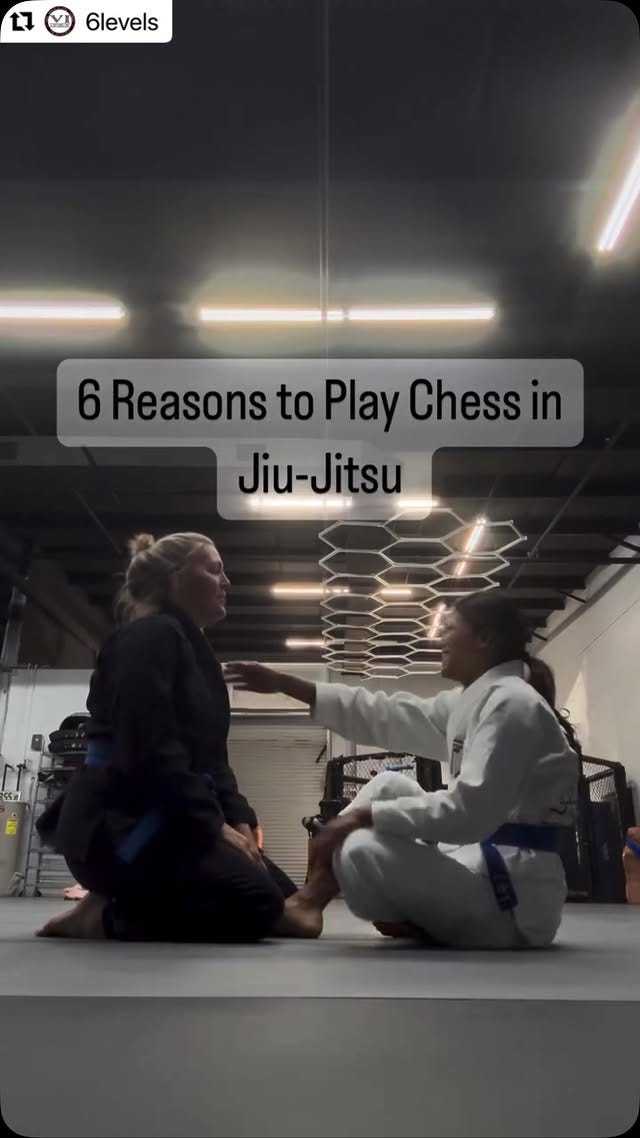Drills: Jiu-Jitsu Chess
A Fun Warm-Up
When I was awarded my own Jiu-Jitsu program, one of the first things that I altered was our warm-ups. I absolutely hated the silly warm-ups that I was brought up on. It drove me nuts to have to run around in circles, do jumping jacks, crunches, and push-ups. Ultimately, what I wanted in it’s place was to have the warm-ups be more functional to a student’s growth.
One of the drills that I will often start class with is Jiu-Jitsu Chess. I don’t actually remember where I picked this up from but I’ve seen two variations of it. The overall rules of the drill are that I set the start point. I’ll often have the starting position mirror what we’re going over that week. If I for example decide that the start position is Half Guard, the highest ranking of the pair will take the bottom position, while the lowest ranking is awarded the first move. I’ll switch this up on occasion.
How you count a move is up to the instructor. While I was at one gym, the instructor had us count one, letting our partner know that we’ve ended their turn, allowing them to proceed.
The tricky part is what do we call a movement. When I’m running the class, if you can do two things at once in one movement, I count it. For example, if the bottom player gets a collar grip and a sleeve grip, that to me is one movement. Cheating would be, getting both of those grips, then trying the John Wayne Sweep.
Slows Things Down
One of the key benefits of this drill is that it allows student’s to see the round almost frame by frame. Jiu-Jitsu is so dynamic and fast moving that by the time a student realizes their mistake, you’ve potentially made another in a chain of events.
This drill lets you see the movement with enough time to either address it or move onto your own. Weighing the dangers of ignoring or addressing the action is important and leads into the next key.
Strategy Building
Sometimes I’ll sit down and watch a group run this drill and two things will generally happen. A more advanced group will run smoother. Two distinct movements will move as one and the exchange will far quicker. Think if two experienced chess players speeding their their turns.
On the other hand. A less experienced group will think of their individual limps as separate tools that move independently from one another. So each turn simpler and the pause between turns takes much longer.
Final Thoughts
This is a fantastic drill for warm-ups and great for building strategy and awareness. You can use this drill for new or experienced practitioners.
DFM Coaching is dedicated to helping you overcome mental hurdles and achieve your full potential in BJJ. Whether through in-person instruction, seminars, private lessons, remote coaching, or video analysis, I provide personalized support tailored to your needs. Keep pushing forward, and let’s grow together!



